- English
- French
- German
- Portuguese
- Spanish
- Russian
- Japanese
- Korean
- Arabic
- Greek
- German
- Turkish
- Italian
- Danish
- Romanian
- Indonesian
- Czech
- Afrikaans
- Swedish
- Polish
- Basque
- Catalan
- Esperanto
- Hindi
- Lao
- Albanian
- Amharic
- Armenian
- Azerbaijani
- Belarusian
- Bengali
- Bosnian
- Bulgarian
- Cebuano
- Chichewa
- Corsican
- Croatian
- Dutch
- Estonian
- Filipino
- Finnish
- Frisian
- Galician
- Georgian
- Gujarati
- Haitian
- Hausa
- Hawaiian
- Hebrew
- Hmong
- Hungarian
- Icelandic
- Igbo
- Javanese
- Kannada
- Kazakh
- Khmer
- Kurdish
- Kyrgyz
- Latin
- Latvian
- Lithuanian
- Luxembou..
- Macedonian
- Malagasy
- Malay
- Malayalam
- Maltese
- Maori
- Marathi
- Mongolian
- Burmese
- Nepali
- Norwegian
- Pashto
- Persian
- Punjabi
- Serbian
- Sesotho
- Sinhala
- Slovak
- Slovenian
- Somali
- Samoan
- Scots Gaelic
- Shona
- Sindhi
- Sundanese
- Swahili
- Tajik
- Tamil
- Telugu
- Thai
- Ukrainian
- Urdu
- Uzbek
- Vietnamese
- Welsh
- Xhosa
- Yiddish
- Yoruba
- Zulu
What Does a Temperature Transmitter Do?
2024-07-01 14:19:33
Temperature transmitters are essential components in many industrial processes, converting the signals from temperature sensors into standardized formats that can be easily read and processed by control systems. This blog will explore the functionality and importance of temperature transmitters, with a particular focus on the Rosemount 3144P model.
How Does a Temperature Transmitter Work?
What Is the Basic Function of a Temperature Transmitter?
A temperature transmitter converts the signal generated by temperature sensors such as thermocouples or RTDs (Resistance Temperature Detectors) into a standardized output signal, typically 4-20mA or 0-10V. This conversion is crucial for accurate temperature monitoring and control in various industrial applications.
Signal Conversion Process
Signal Reception: The transmitter receives a low-level signal from the temperature sensor.
Signal Amplification: This weak signal is amplified for better processing.
Linearization: The signal is linearized to ensure a proportional relationship between the output signal and the measured temperature.
Standard Output: The linearized signal is converted into a standardized output signal, such as 4-20mA, suitable for transmission over long distances without significant signal loss or interference.
The 4-20mA signal is robust against electrical noise and ensures that the temperature data is reliably transmitted to the control system.
How Does the Rosemount 3144P Ensure Accurate Temperature Measurement?
The Rosemount 3144P is known for its high accuracy and reliability in temperature measurement. This accuracy is achieved through several advanced features and technologies incorporated into the device.
Advanced Diagnostics
The Rosemount 3144P offers advanced diagnostic features that help in identifying issues such as sensor degradation or wiring problems. These diagnostics enable proactive maintenance, reducing downtime and ensuring the reliability of the temperature measurement system.
Versatile Configuration
This model supports multiple communication protocols, including HART, FOUNDATION Fieldbus, and Profibus, making it highly adaptable to various control systems. The Rosemount 3144P can be configured to meet specific application requirements, enhancing its versatility in industrial environments.
High Accuracy and Stability
With its robust design and advanced sensor technology, the Rosemount 3144P ensures high accuracy and stability, which are crucial for maintaining process control and product quality in harsh industrial environments. It is designed to withstand extreme conditions, ensuring reliable performance over time.
Digital Communication
The Rosemount 3144P supports digital communication, enabling remote configuration and monitoring. This feature simplifies the management of multiple transmitters, especially in large-scale operations where manual adjustments would be impractical.
User-Friendly Interface
The user-friendly interface of the Rosemount 3144P makes it easy to configure and calibrate. Intuitive software tools provided by Emerson allow for quick setup and adjustment, minimizing downtime and improving operational efficiency.
What Are the Benefits of Using Temperature Transmitters in Industrial Applications?
How Do Temperature Transmitters Enhance Process Control?
Temperature transmitters play a crucial role in process control by providing accurate temperature measurements. This accuracy helps maintain the desired conditions in industrial processes, leading to better product quality and operational efficiency.
Enhanced Process Control
Accurate temperature measurements are vital for maintaining consistent process conditions. Temperature transmitters help ensure that the measured temperatures are precise, which is crucial for controlling industrial processes and maintaining product quality.
Improved Safety and Compliance
Regular calibration of temperature transmitters ensures compliance with industry standards and regulatory requirements. Accurate temperature monitoring helps prevent safety hazards associated with incorrect temperature readings.
Reduced Maintenance Costs
Advanced diagnostics and reliable performance reduce the frequency of maintenance and associated costs. Temperature transmitters like the Rosemount 3144P are designed to withstand harsh conditions, ensuring longevity and reducing the need for frequent replacements.
Data Logging and Analysis
Some temperature transmitters come with data logging capabilities, allowing for the storage and analysis of historical temperature data. This feature is useful for process optimization, quality control, and regulatory compliance.
How Do You Choose the Right Temperature Transmitter for Your Needs?
Selecting the appropriate temperature transmitter depends on several factors, including the application requirements, environmental conditions, and compatibility with existing control systems.
Application Requirements
Different industrial applications may require specific features from a temperature transmitter, such as high accuracy, fast response time, or advanced diagnostics. Understanding the specific needs of the application is crucial for selecting the right transmitter.
Environmental Conditions
The operating environment can significantly impact the performance and lifespan of a temperature transmitter. Transmitters used in harsh environments, such as those with high temperatures, moisture, or corrosive substances, need to be robust and durable.
Compatibility with Control Systems
Ensuring that the temperature transmitter is compatible with existing control systems and communication protocols is essential for seamless integration and operation. The Rosemount 3144P, for example, supports multiple communication protocols, making it adaptable to various systems.
Frequently Asked Questions
How Often Should Temperature Transmitters Be Calibrated?
The calibration frequency depends on several factors, including the operating environment, the criticality of the measurements, and the manufacturer's recommendations. In harsh environments, more frequent calibration may be necessary to ensure continued accuracy.
What Are the Common Problems with Temperature Transmitters?
Common issues include incorrect readings, signal loss, and drift over time. These problems can result from sensor failure, wiring issues, or environmental factors. Regular maintenance and calibration can help mitigate these issues.
How Do You Troubleshoot a Faulty Temperature Transmitter?
Troubleshooting involves checking the wiring connections, verifying the calibration against a known reference, and inspecting the sensor for damage. If the transmitter is still not functioning correctly, it may need to be repaired or replaced.
Conclusion
Temperature transmitters, such as the Rosemount 3144P, are vital for accurate temperature measurement and control in industrial processes. Their advanced features, high accuracy, and robust design make them indispensable in maintaining process efficiency and safety. Regular calibration and maintenance ensure their reliable performance over time.
For more information or to inquire about specific products, please contact us at lm@instrument.com.
References
Emerson. "Manual: Rosemount 3144P Temperature Transmitter." Emerson.
RealPars. "Temperature Transmitter Explained."
Dubai Sensor. "What is a Temperature Transmitter?"
BM Engineering. "What does a temperature transmitter do?"
Emerson. "Rosemount™ Temperature Transmitters | Emerson US."
Automation Community. "Temperature Transmitter Questions and Answers."
Instrumart. "Rosemount 3144P Temperature Transmitter - Instrumart."
Control Engineering. "Understanding Temperature and Transmitters."
WIKA. "Temperature transmitters - Product overview."
Omega. "Choosing the Right Temperature Transmitter for Your Application."
For further inquiries and detailed product information, feel free to reach out to us at lm@instrument.com.
YOU MAY LIKE

Rosemount 8705 Flange type electromagnetic flowmeter sensor
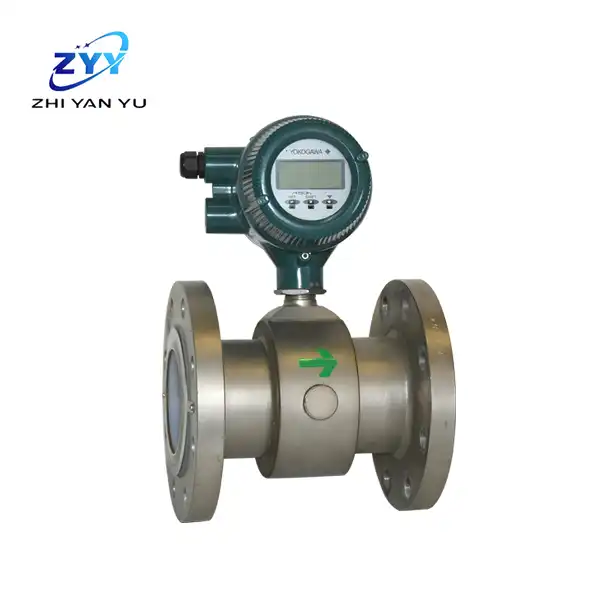
AXG Magnetic Flowmeter
Unobstructed flowing parts
Large nominal diameter range
Novel excitation method
Converter and sensor can be separated
High microprocessor performance
Bidirectional measuring system
Self-test and self-diagnostic functions
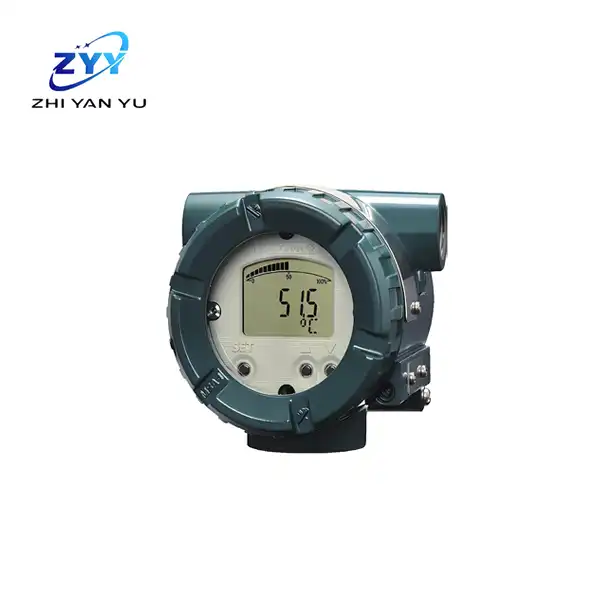
Yokogawa Temperature Transmitter YTA610
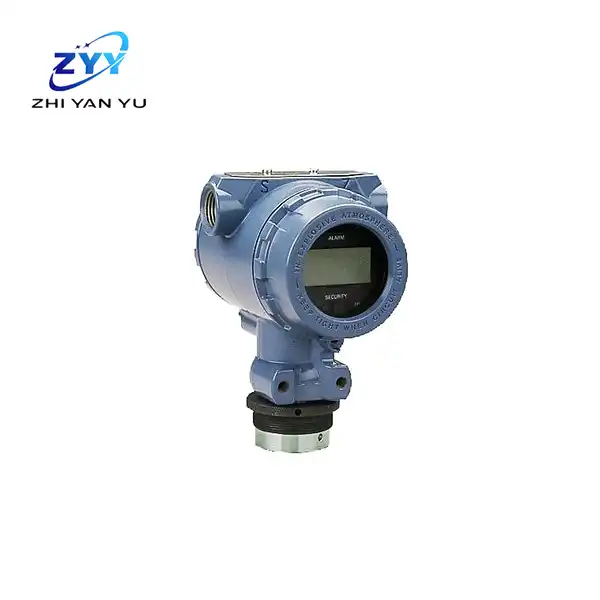
Rosemount 2090P Pressure transmitter
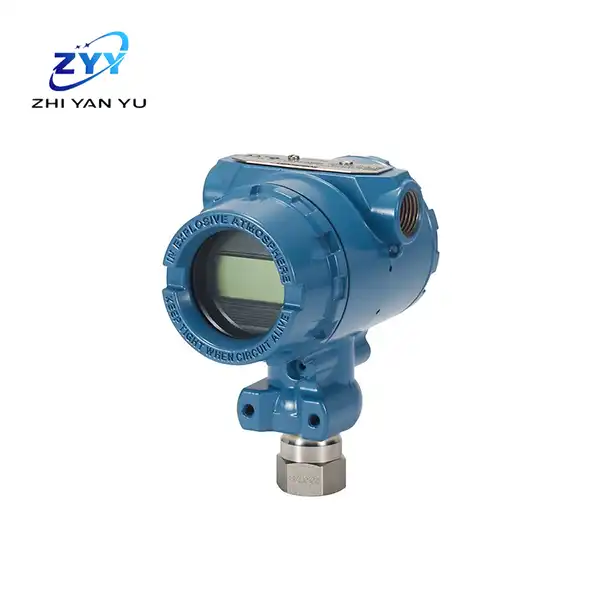
Rosemount 2088G Inline Pressure Transmitter
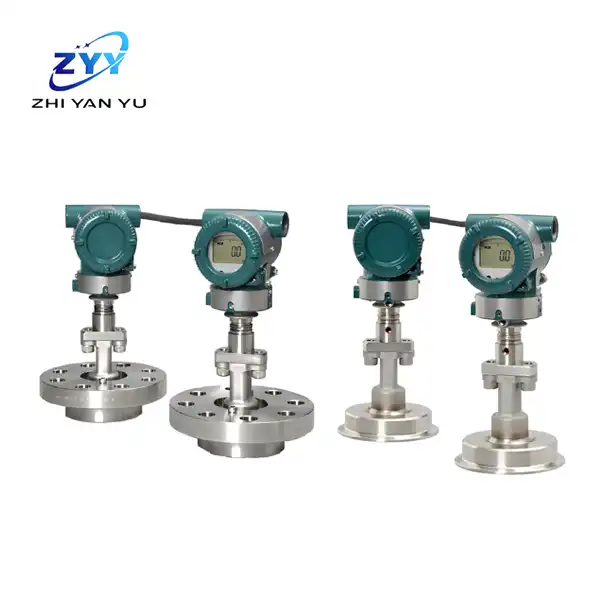
Yokogawa EJX530A pressure transmitter
Output 4~20mA DC current signal.
Fast response, remote setup and monitoring.
Diagnostic functions: high/low pressure alarm output.
Multi-sensing technology detects anomalies. FF fieldbus type is available.
TÜV certified and meets SIL 2 safety requirements.
